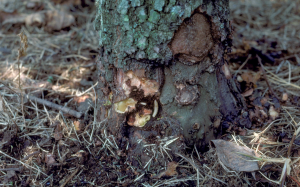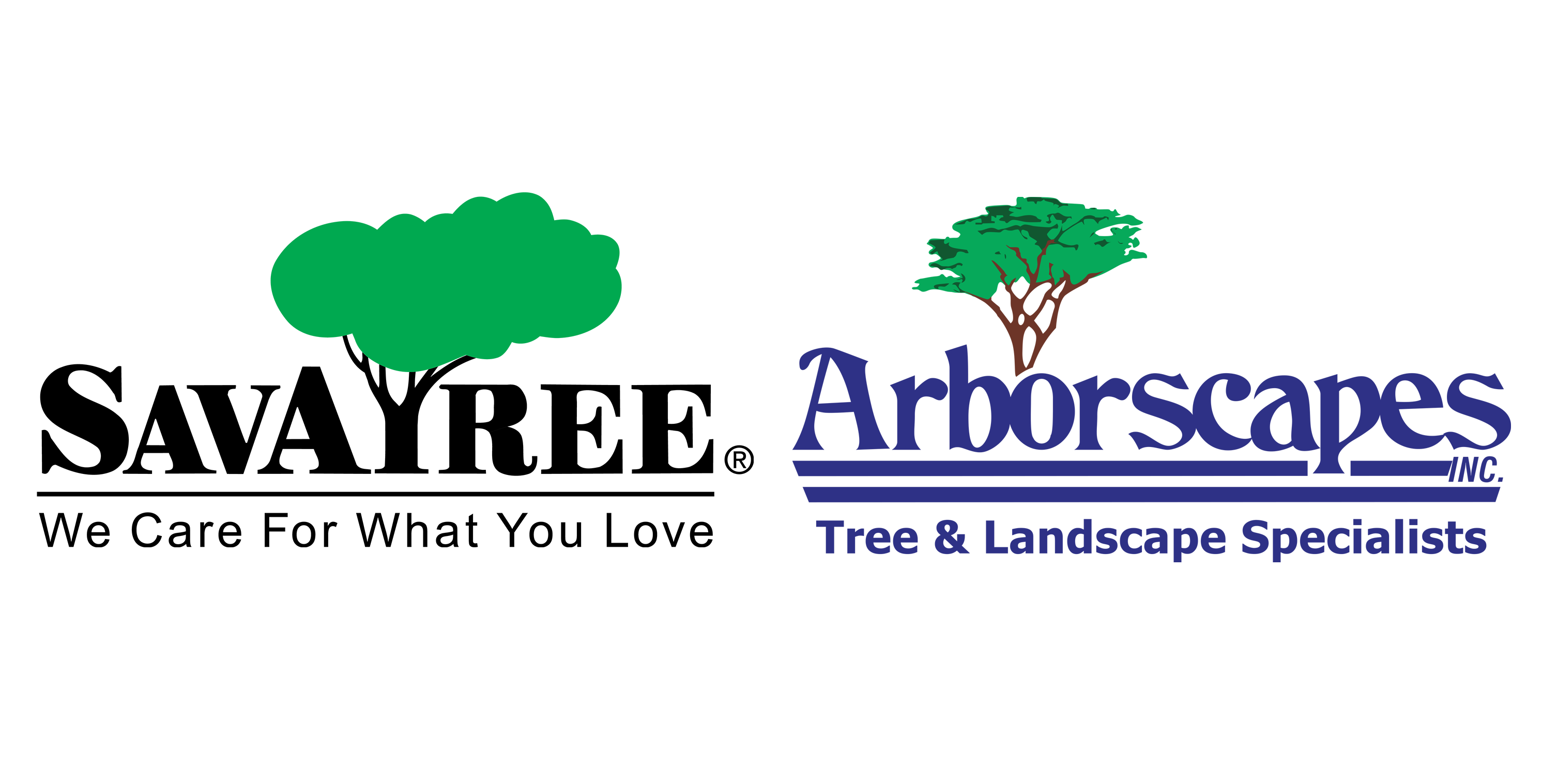
See all posts by this author

Photo courtesy of James Solomon, USDA Forest Service, Bugwood.org
Dogwood borers (Synanthedon scitula) primarily attack flowering dogwood trees. These small moths burrow into the bark and feed on the cambium layer, which can cause significant damage and even tree death if infestations are severe. For that reason, it is important to monitor and treat for dogwood borers attentively.
Of course, prevention and treatment for dogwood borer is included in a Plant Health Care subscription from Arborscapes. (As are myriad other pests and diseases) If you would like to become a part of our Plant Health Care program, reach out to Arborscapes today! Your living landscape will be the envy of the entire neighborhood!
Here’s a comprehensive guide on managing and treating dogwood borer infestations:
Cultural and Physical Controls:
- Avoid Mechanical Injury: Dogwood borers often enter trees through wounds. Avoid causing mechanical injuries with lawn mowers, weed eaters, or other gardening tools.
- Tree Health: Ensure that your dogwood trees remain healthy and vigorous. Well-maintained trees are less susceptible to borer infestations.
- Prune away and dispose of infested limbs.
Chemical Control:
- Insecticides: Apply insecticides labeled for borers, such as those containing permethrin or bifenthrin, to the trunk and main limbs of the dogwood. The best time for application is in late spring or early summer when adult moths are laying eggs.
Sanitation:
- Prune and Destroy: Cut out and destroy infested branches or bark areas, ensuring you reach all larvae or pupae.
- Clean Surroundings: Clear and dispose of any fallen bark or wood around the tree. This removes potential hiding places for the borers and prevents re-infestation.
Mulching:
- Organic Mulch: Apply a layer of organic mulch around the base of the tree. This will not only help in retaining soil moisture and controlling weeds but also serves to protect the tree’s base from mechanical injuries.
Regular Monitoring:
- Regularly inspect the bark of your dogwood trees for signs of borer activity, such as frass (sawdust-like excrement), borer holes, or oozing sap.
Consider Resistant Varieties:
- If you’re planting new dogwoods, consider varieties that are less susceptible to borer infestations. Consult local nurseries or extension services for recommendations tailored to your area.
Remember always to read and follow label instructions when applying insecticides. Moreover, consider the potential impacts on beneficial insects, pollinators, and the surrounding environment. A combination of preventive measures and timely interventions will provide the best protection against dogwood borers.
You can learn more about the dogwood borer at NC State’s website.
And if all of this sounds like too much work, contact Arborscapes to subscribe to our Plant Health Care program, and we will take care of this, other pests, fertilization and health concerns for your living landscape!
See all posts by this author
